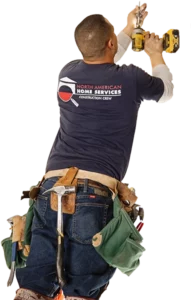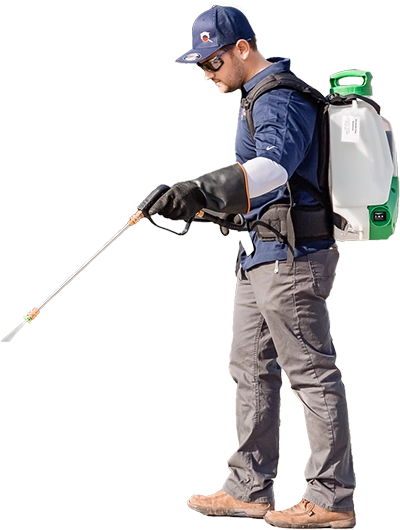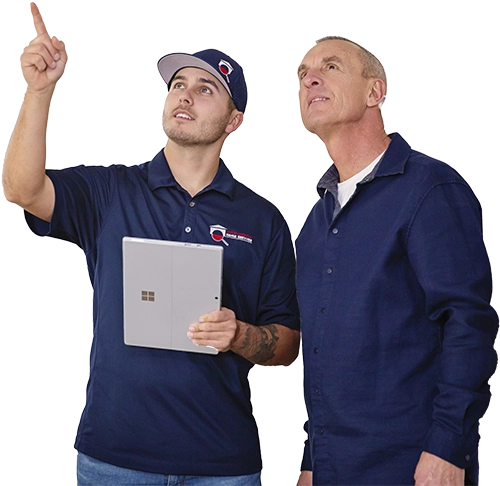Termite infestations are a common and, unfortunately, costly problem if not caught in the early stages. Termites can cause extensive structural damage. And once established, they are difficult to get rid—they quickly reproduce and are very hardy creatures.
If you notice signs of a termite infestation at your home, there are a number of steps you can take to quickly eliminate them:
- Call a termite inspector.
- Work with your termite inspector to determine the best route to take for getting rid of termites there’s various different ways from fumigation, local treatments, and bait stations.
- Have routinely termite inspections on your home every few years.
Contact a licensed pest control company that specializes in termite repair.
Termite Inspections are conducted by companies that are certified by the Structural Pest Control Board (SPCB). Termite inspectors are not only looking for termites but they are required by the State of California to identify all wood destroying organisms (WDO). It is important to keep in mind that WDOs do not include ants, spiders, rodents, or any other general pests. Your termite inspector will only determine if you have a WDO infestation.
The SPCB issues three different types of certifications: Branch I, Branch II, and Branch III.
Branch I inspectors are licensed to tarp, seal, and fumigate houses. Branch II inspectors are licensed to apply pesticides to eradicate common pests such as ants, spiders, mice, rats, and other rodents. Branch II inspectors are licensed to identify WDOs. In the case of termite inspection and repair, you will need a Branch III certified inspector. So, if you do suspect a termite infestation, then you should consider an inspection company that specialized in termite repair.
When searching for a pest control company, the company you go with should be:
- Licensed
- Responsive
- Experienced
- Offer guarantees and/or warranties
A good termite inspection company should hit all of those points.
Clear away obvious obstacles prior to the inspection.
All termite inspectors will require that all areas of the home be made accessible for inspection. Spaces that termite inspectors often check include the garage, crawl space beneath the home, and the attic. Remember to keep these areas free of boxes or other materials that may impact the inspection.
Understanding your termite inspection report will inform your next steps.
There are three types of findings which termite inspectors report. They are:
- Section 1: Active infestation of wood destroying organisms such as termites, wood boring beetles, or wood fungus (also know as rot or dry rot). Corrective action is needed, include structural repair and/or chemical treatment.
- Section 2: Conducive conditions, which if not corrected, may lead to active infestation.
- Section 3 or Further Investigation (FI): These are issues that need additional investigation to determine if a hidden problem exists. For example, a water stain in the wall may require further investigation to determine a cause and solution.
If you suspect a termite infestation, the pros at North American Home Services are here to help. We can inspect the problem, determine a solution, and repair the issue. Contact us today to learn more!



